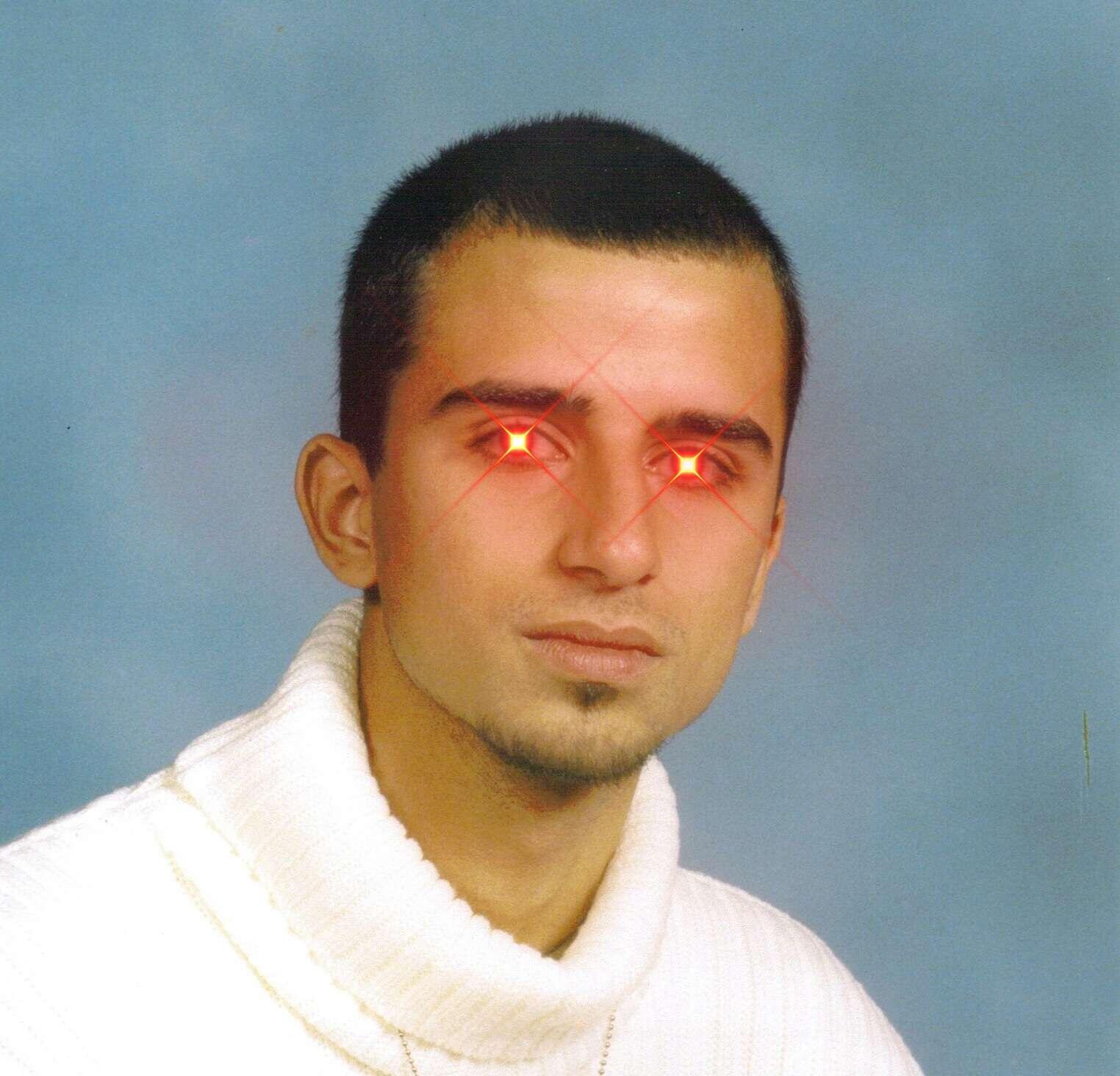₿Ʀ℧ИØ ĐIΛS on Nostr: The exact number of near-death experiences (NDEs) worldwide is difficult to quantify, ...

The exact number of near-death experiences (NDEs) worldwide is difficult to quantify, as such events are subjective and rely on self-reported accounts. However, studies and surveys suggest that millions of people globally have reported NDEs. Here are some key insights:
1. Incidence in the Population:
A 2001 Gallup poll in the U.S. found that 15% of adults reported having had an NDE.
Estimates suggest that 5% to 15% of the global population may have had an NDE.
2. Medical Context:
NDEs are most commonly reported during life-threatening situations, such as cardiac arrests, surgeries, or severe accidents.
Advances in medical technology and resuscitation have likely increased the number of people experiencing NDEs, as more individuals are revived from near-fatal conditions.
3. Studies and Research:
The International Association for Near-Death Studies (IANDS) has cataloged tens of thousands of NDE accounts.
Renowned studies, such as those by Dr. Raymond Moody and Dr. Bruce Greyson, have compiled thousands of case reports over decades.
While no exact global statistic exists, the phenomenon is well-documented and studied across cultures, with consistent themes like out-of-body experiences, encounters with a "light," and feelings of peace.
Published at
2024-12-22 10:54:21Event JSON
{
"id": "290d4f5071370f01014db9c74229060ca209e99df9d30f9c64bdcd2a0b4aa276",
"pubkey": "92dfa05d915196a7a09152fa3f57871debfd422e1d278ac5af266a70c3350b1f",
"created_at": 1734864861,
"kind": 1,
"tags": [
[
"r",
"https://image.nostr.build/4152ca7506cf88a7ee2b2cf2f3b94443a111d4157a34011dea484f9c523191e4.jpg"
],
[
"imeta",
"url https://image.nostr.build/4152ca7506cf88a7ee2b2cf2f3b94443a111d4157a34011dea484f9c523191e4.jpg",
"m image/jpeg",
"alt Verifiable file url",
"x f67c437c434985597073ac2fbe05d29758aba8ef0564ab69c104b5d23251ec81",
"size 36236",
"dim 900x688",
"blurhash #9CY5TNs0iIp^Ot69uNHbu01NMt5^OWBEN-UfkWCt-I:}X$g10Nd-6xGNHwH%1Ip9^S5-9jYEfof5UM|%LtQ#+$gOEJo$f}=xtM|IWS#kCIpr=%09vRkoexZsmj[j[oeoL",
"ox 4152ca7506cf88a7ee2b2cf2f3b94443a111d4157a34011dea484f9c523191e4"
]
],
"content": "https://image.nostr.build/4152ca7506cf88a7ee2b2cf2f3b94443a111d4157a34011dea484f9c523191e4.jpg\n\nThe exact number of near-death experiences (NDEs) worldwide is difficult to quantify, as such events are subjective and rely on self-reported accounts. However, studies and surveys suggest that millions of people globally have reported NDEs. Here are some key insights:\n\n1. Incidence in the Population:\n\nA 2001 Gallup poll in the U.S. found that 15% of adults reported having had an NDE.\n\nEstimates suggest that 5% to 15% of the global population may have had an NDE.\n\n2. Medical Context:\n\nNDEs are most commonly reported during life-threatening situations, such as cardiac arrests, surgeries, or severe accidents.\n\nAdvances in medical technology and resuscitation have likely increased the number of people experiencing NDEs, as more individuals are revived from near-fatal conditions.\n\n3. Studies and Research:\n\nThe International Association for Near-Death Studies (IANDS) has cataloged tens of thousands of NDE accounts.\n\nRenowned studies, such as those by Dr. Raymond Moody and Dr. Bruce Greyson, have compiled thousands of case reports over decades.\n\nWhile no exact global statistic exists, the phenomenon is well-documented and studied across cultures, with consistent themes like out-of-body experiences, encounters with a \"light,\" and feelings of peace.",
"sig": "dca0475310beff3f497d0025aa727d3d337a37970e57e186e8674bd680b768f31e6b8f7b0d64601196287d9a72d7434f3df57f39f8ba611690994b4d94c4fcb6"
}

